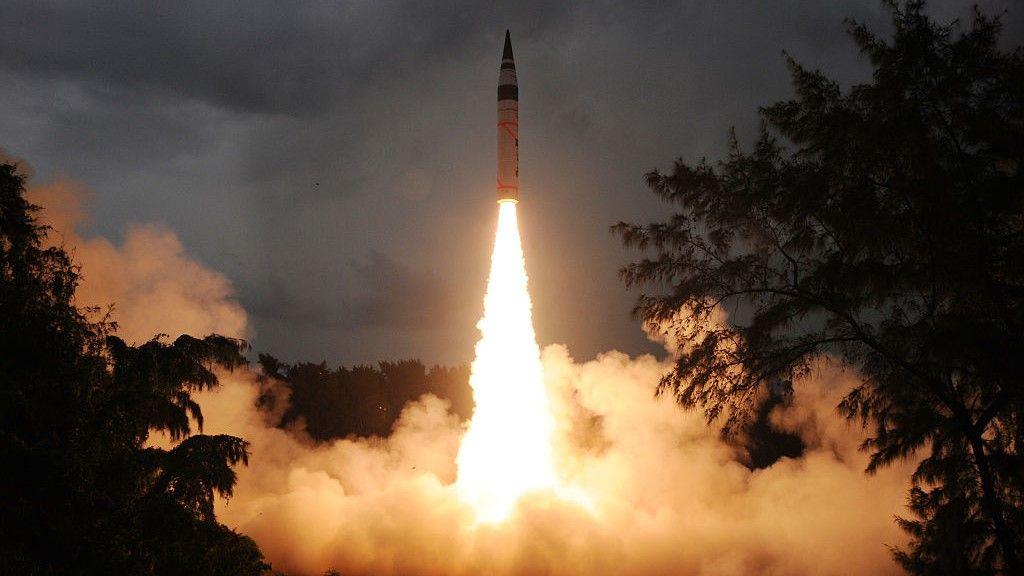The recent India-Pakistan military standoff, while lacking overt ultimatums or nuclear threats, served as a stark reminder of the region’s volatile dynamics and the ever-present risk of nuclear escalation. The crisis, ultimately de-escalated through US-mediated ceasefire, highlighted the fragility of peace.
The potential for catastrophic outcomes has been previously modeled. A 2019 study projected a scenario where a terrorist attack triggers a nuclear exchange between the two nations. The recent tension, though contained, evoked this alarming possibility.
Pakistan’s actions during the escalation included military retaliation alongside the announcement of a National Command Authority (NCA) meeting—a calculated signal referencing its nuclear capabilities. The exact intent remains unclear, but it coincided with reported US diplomatic intervention by Secretary of State Marco Rubio.
President Trump asserted that the US averted a “nuclear conflict,” a claim echoed by Indian Prime Minister Narendra Modi’s strong condemnation of nuclear blackmail and a vow of decisive action against terrorist safe havens.
Both India and Pakistan possess significant nuclear arsenals, estimated at around 170 warheads each by the Stockholm International Peace Research Institute (SIPRI), a fraction of the global total but still a considerable threat. Both nations are developing nuclear triads for land, air, and sea-based delivery, with India possessing a more advanced naval capability, according to security expert Christopher Clary.
While India adopted a no-first-use policy after its 1998 nuclear tests, this stance has been qualified, reserving the right to use nuclear weapons in response to chemical or biological attacks. Pakistan, lacking a formally declared doctrine, has communicated its red lines through official statements and actions.
Accounts from former US officials, including Mike Pompeo, describe fears of imminent Pakistani nuclear use during previous standoffs. While these claims are met with skepticism from both sides, the potential for accidental escalation remains a concern, as highlighted by India’s accidental firing of a nuclear-capable missile in 2022.
Despite the inherent risks, experts suggest that the probability of nuclear war remains relatively low in the absence of major ground combat. The “use it or lose it” dilemma—the pressure to use nuclear weapons before they are destroyed—increases the risk during ground confrontations. However, both nations are acutely aware of the international stigma and potential retaliation associated with initiating nuclear conflict.
Despite this deterrent, both India and Pakistan continue to expand their nuclear capabilities. Estimates suggest Pakistan’s arsenal could reach 200 warheads by the late 2020s, while India possesses sufficient fissile material for a larger number. While the deterrent effect appears to be holding for now, the constant presence of nuclear weapons introduces an unacceptable level of risk, as emphasized by John Erath of the Center for Arms Control and Non-Proliferation. Even a low probability of nuclear conflict remains unacceptably high given the devastating consequences.

